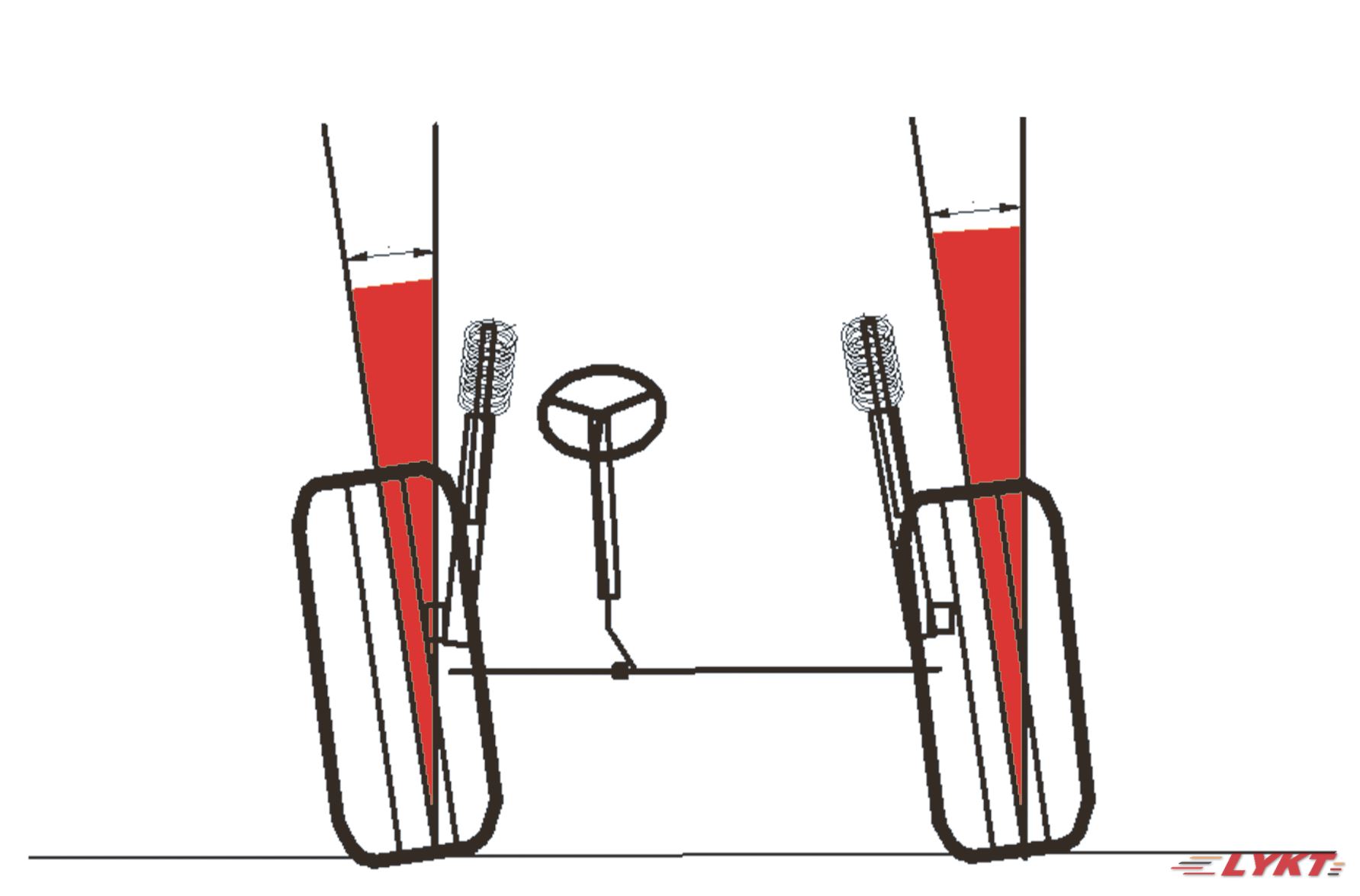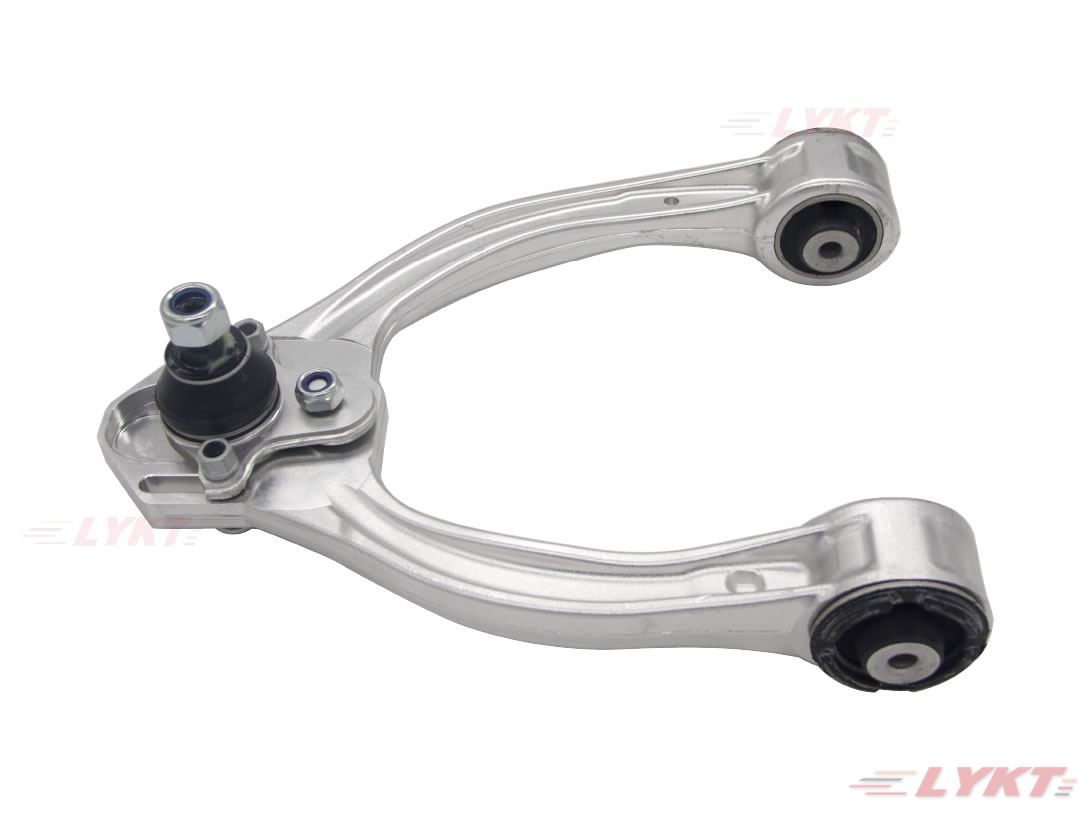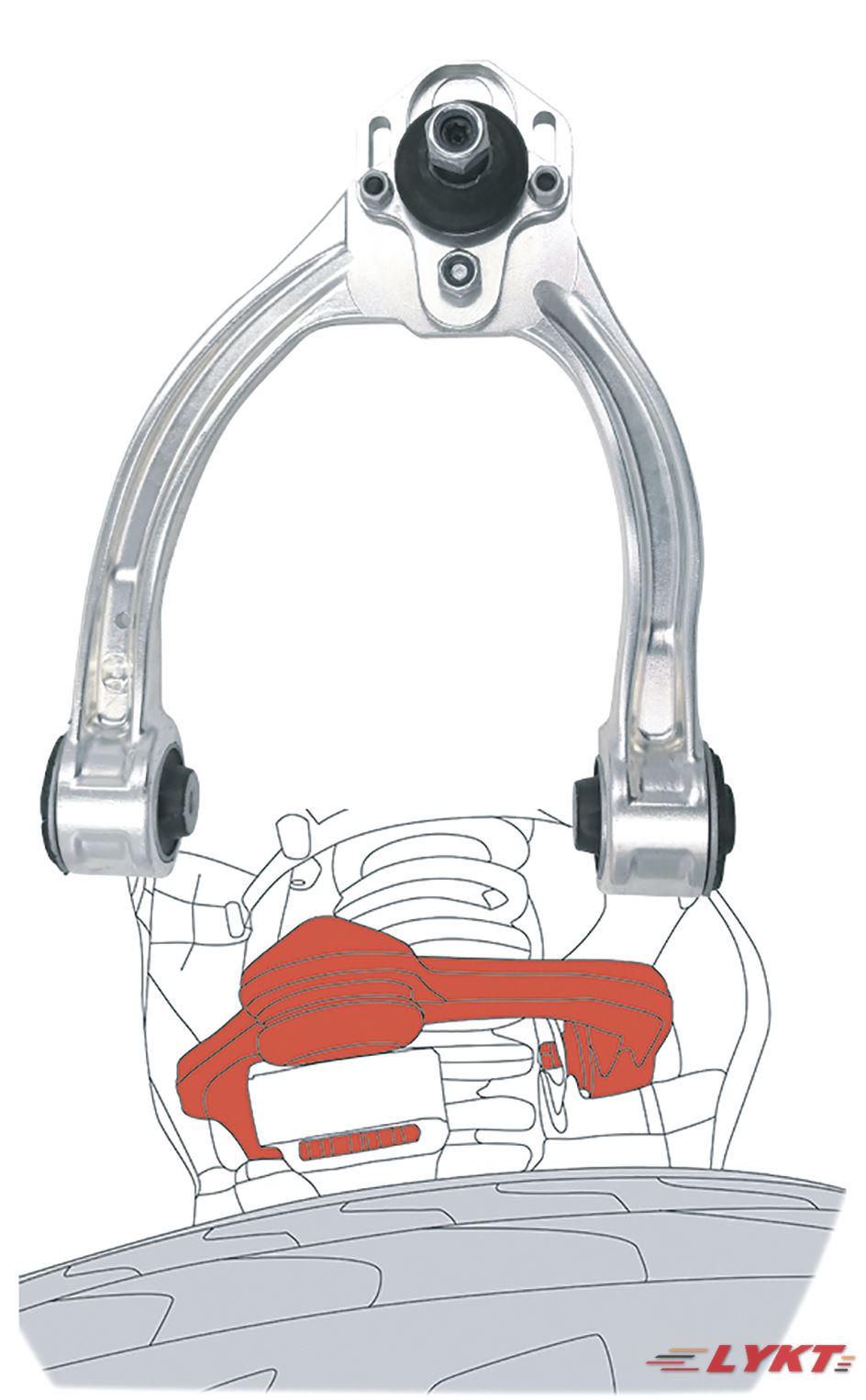Adjustment Range:Front Camber -2.5°to+2.5°
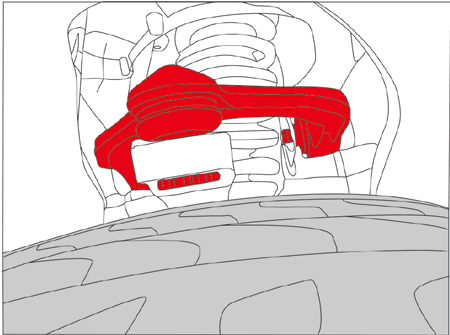
Application:
Mercedes-Benz
2016-2018 C350e 2015 C400
2017-2023 C43 AMG 2016 C450 AMG
2008-2021 C63 AMG 2015-2023 C63 AMG S
2019-2023 CLS450 2019-2021 CLS53 AMG
2017-2019 E300 1995-1999 E300
2020-2023 E350
2015-2018 E400
2019-2026 E450
2019-2026 E53 AMG
2017-2018 E43 AMG
2018-2023 E63 AMG S
2016-2022 GLC300
2017-2023 GLC43 AMG
2018-2021 GLC63 AMG
2018-2021GLC63 AMG S
KTBC033-31
Front Camber Arm
Front Upper Arm
2053305501 2053305601
2053303303 2053303403
Available in left and right versions
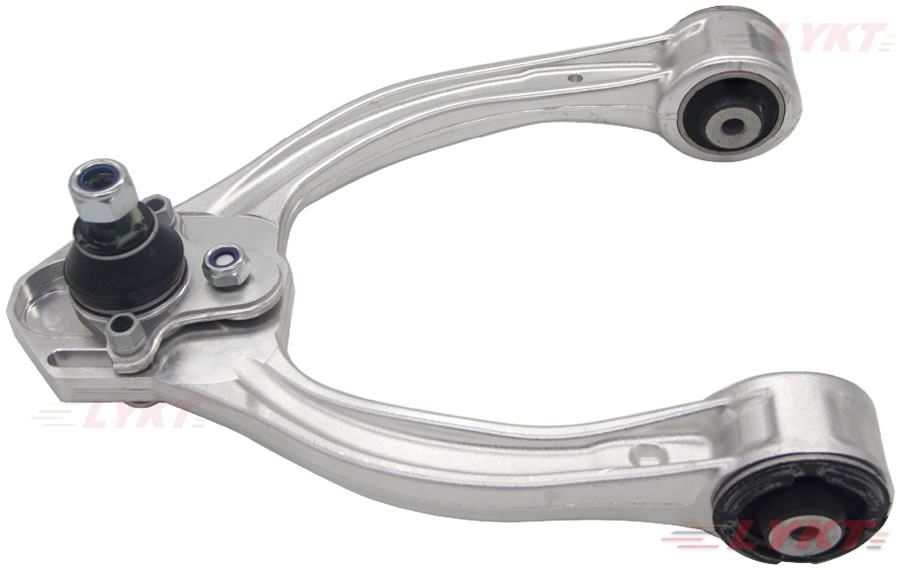
Contact Information
We look forward to hearing from you.
Office Address
4650 Arrow Hwy,Unit C3-C4
Montclair - 91763
United States.
Phone : 909-929-0002
Email : lykt.supremeautoparts@gmail.com
Web Address
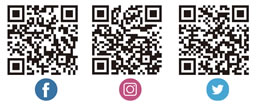
Contact Out Agent

Ethan (Remax Certified Agent)

It refers to the angle between the line connecting the two front wheels (or the rear wheel) to the ground contact point and the line perpendicular to the thrust line. The angle value is positive when the right wheel
is in front of the left wheel, and the angle value is negative when the right wheel is in rear of the left wheel.
Causes:
(1)collision
(2)parts wear.
Under normal circumstances, the setback within 0.5" is no problem.
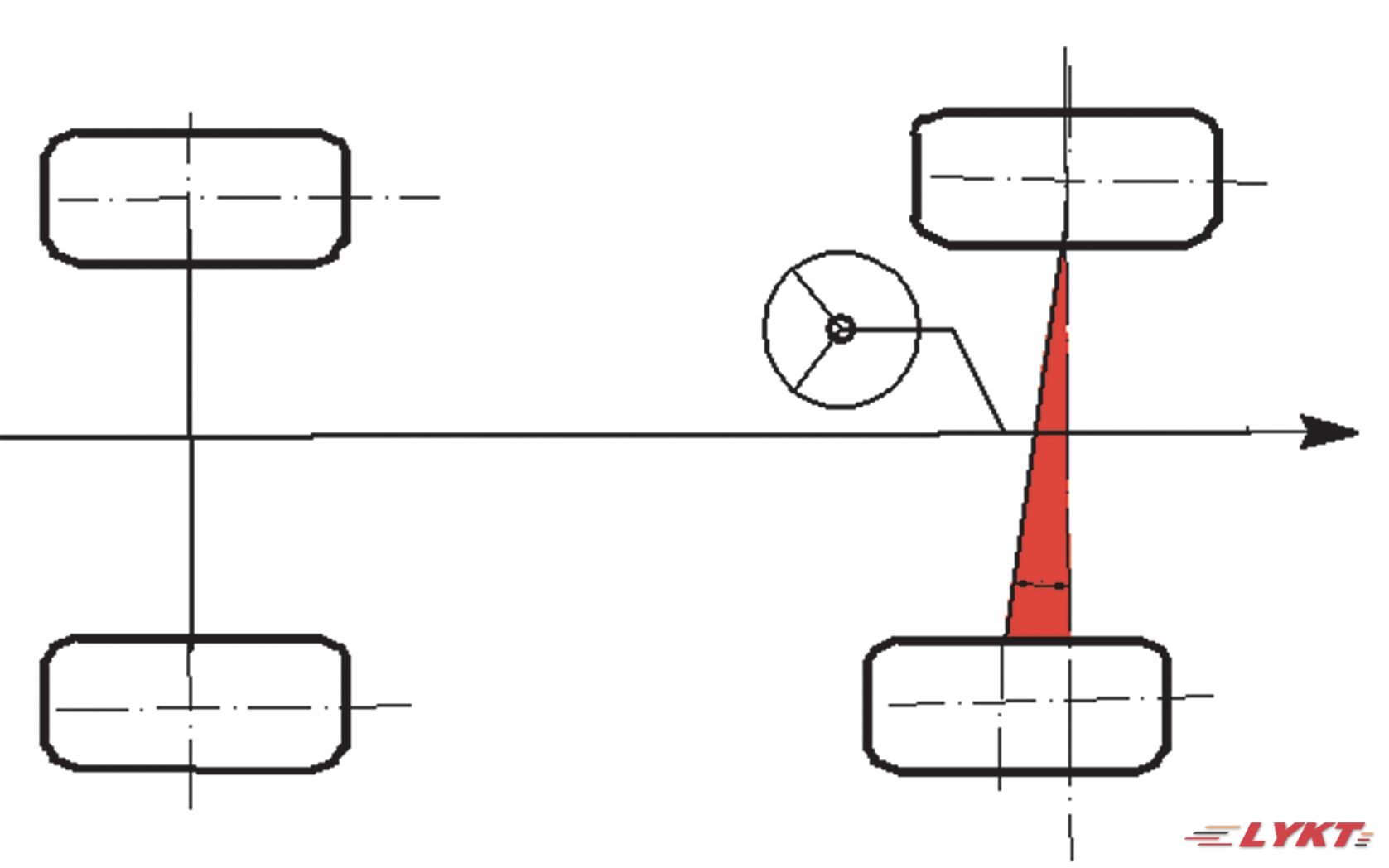
The sum of the kingpin inclination angle and the wheel camber angle is called the included angle.

The angle at which the front wheels turn when the car is turning (the steering angles of the left and right wheels are different).
(1)Prevent the tire from slipping.
(2) Reduce tire wear.
(3) Reduce the sound when the car is turning.
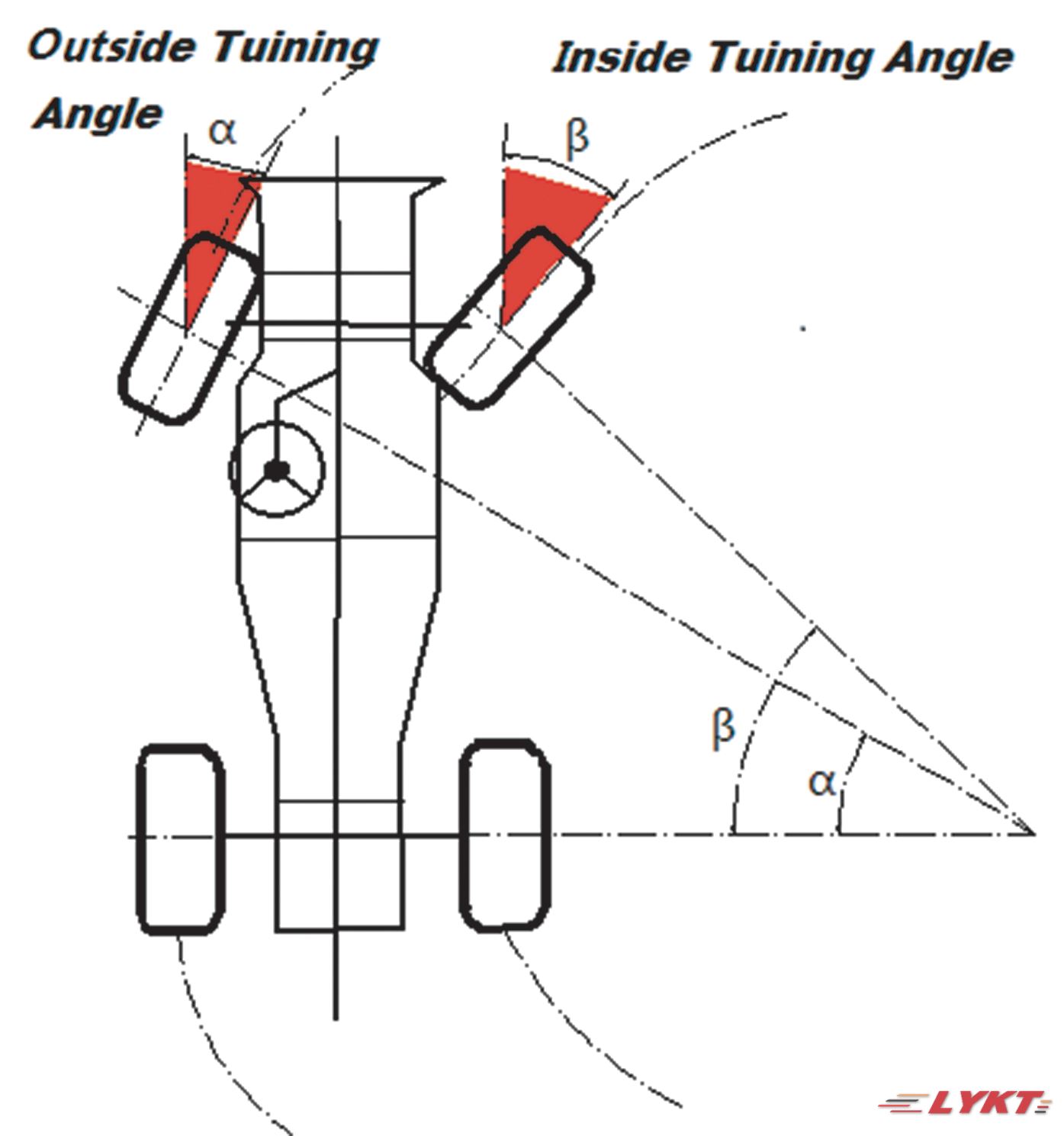
The angle at which the front wheels turn when the car is turning (the steering angles of the left and right wheels are different).
(1)Prevent the tire from slipping.
(2) Reduce tire wear.
(3) Reduce the sound when the car is turning.
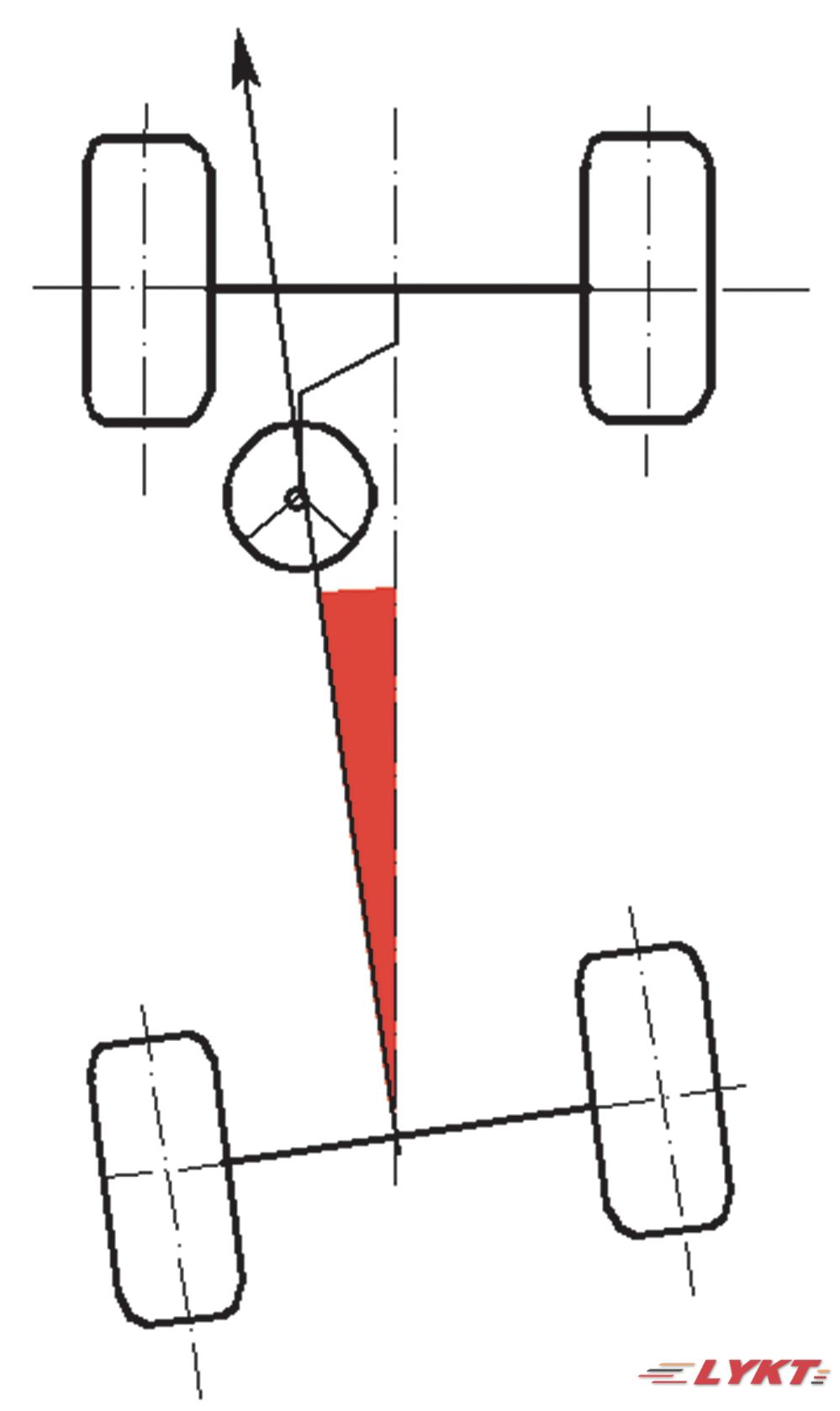
Viewed from the front of the vehicle, the knuckle kingpin axis or the imaginary kingpin axis is inclined inward in the transverse plane; the angle formed with the plumb line is called the Steering Axis Inclination.
Function: Automatically correcting, steering is light and easy.
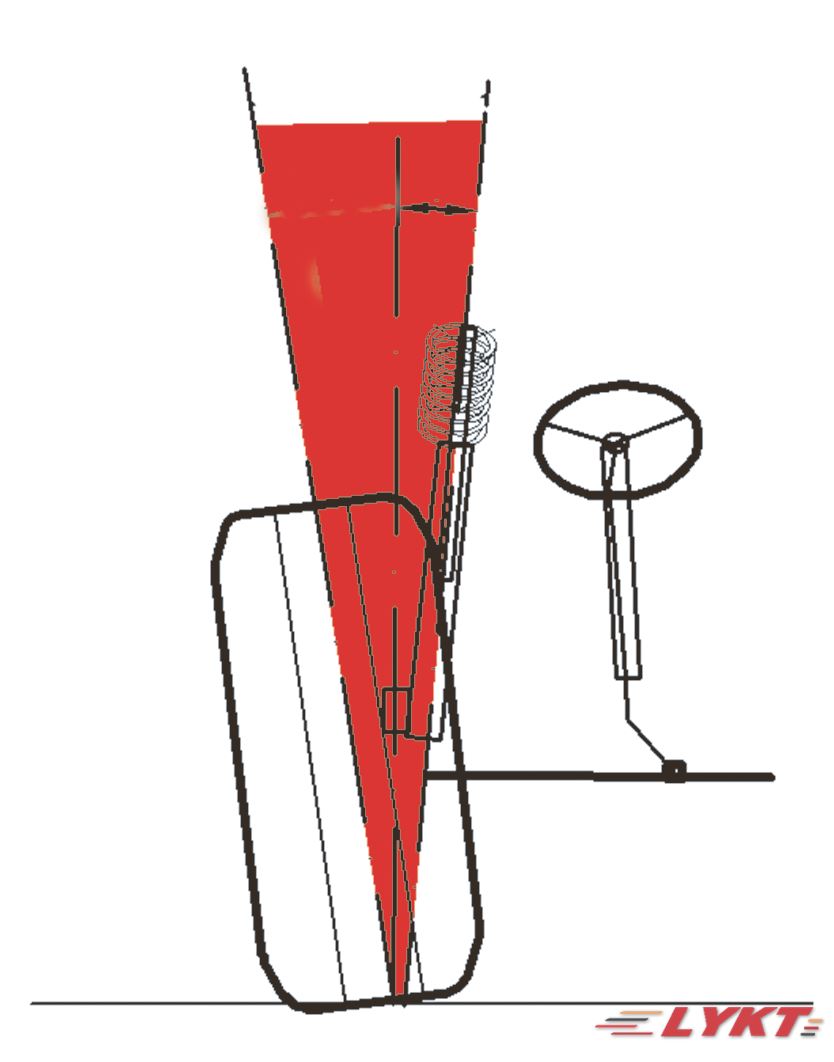
The included angle formed with plumb line as the steering knuckle kingpin axis or hypothetical kingpin
axis tilts backward within longitudinal plane is known as kingpin caster angle, it affects the vehicle driving stability and automatic returning capability. Kingpin positive caster angle: when observing from side of the vehicle, kingpin axis tilts backward within longitudinal plane.
Kingpin negative caster angle: when observing from side of the vehicle, kingpin axis tilts forward within longitudinal plane.
Symptom:
(1)After making a turn, automatic returning capability is insufficient;
(2)Vehicle is unstable under high-speed driving.
Consequence: vehicle deviates off track.
Example: the kingpin positive caster angle of left front wheel is set as 0.3°, that of right front wheel is set as 0.8-0.3°, in such case, the vehicle would deviate toward left.
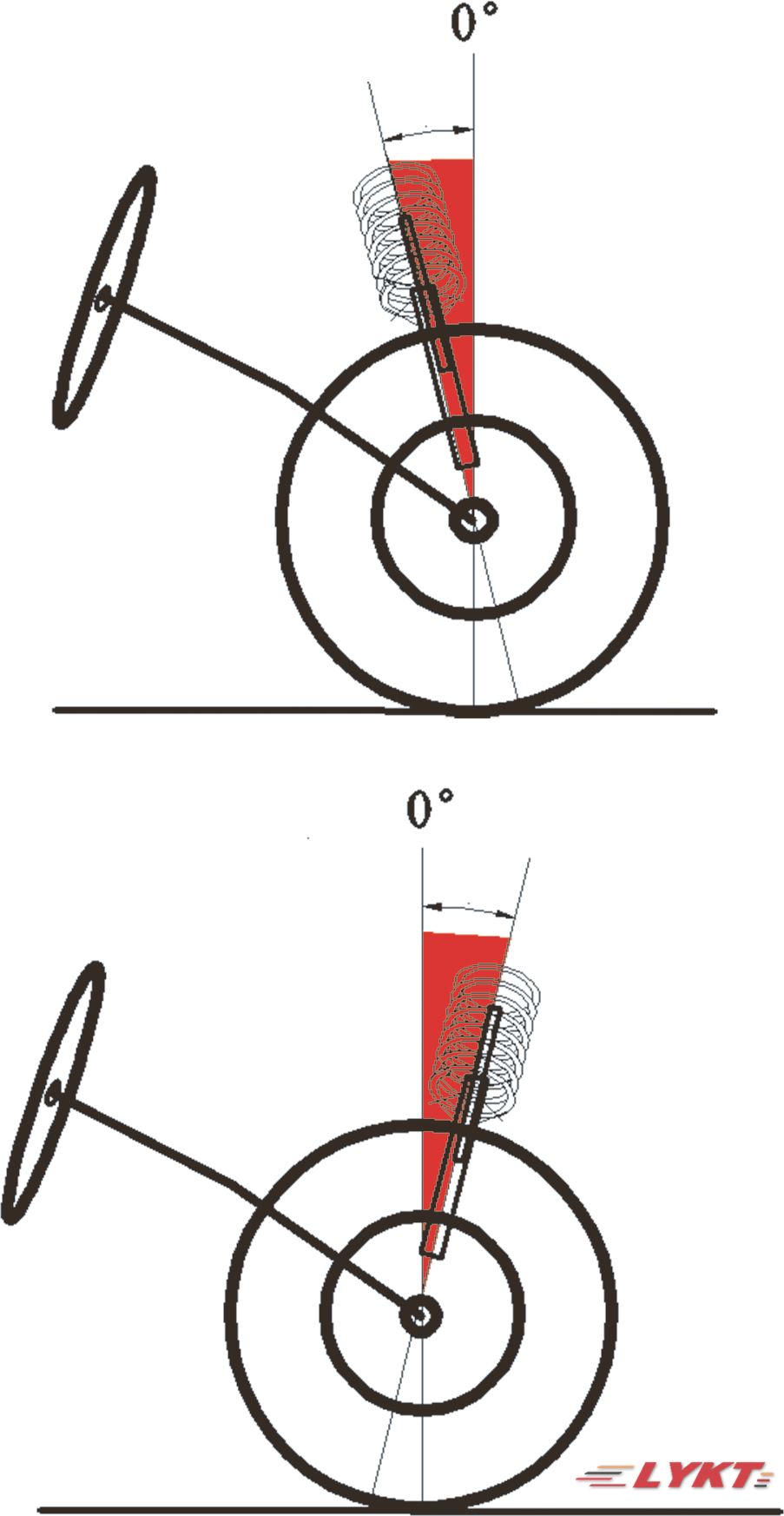
Look down at the angle between the center plane of the wheel and the longitudinal center plane of the vehicle from the right above of the vehicle.
Positive toe angle: The front end of the wheel is closer to the longitudinal centerline of the vehicle than the rear end (pigeon-toed).
Negative toe angle: the front end of the wheel is farther from the longitudinal centerline of the vehicle than the rear end (toe out).
Use cases:
(1) In a smooth field, using a small amount of front wheel front toe angles, it can keep the car stable during acceleration. But it will reduce the steering reaction of the car when entering the curve, at the same time it will increase the steering reaction when accelerating the exit of curve.
(2) Use a negative toe angle to get more steering when entering a corner, however, it will make the car unstable when it accelerates or going through the undulating road, and it will deviate.
(3)When driving on a flat road, it is recommended to use a negative toe angle of 0 to 1 degree.
(4)Positive toe angle or negative toe angle can be used with Ackerman. Use a certain amount of negative toe with a smaller Ackerman effect, increase the response to the steering front section (starting into the curve) and reduce the reaction to the steering rear section (in the curve); Use a certain amount of positive toe angles with a larger Ackerman effect, to reduce the reaction to the steering front section and increase the reaction in
the steering rear section.
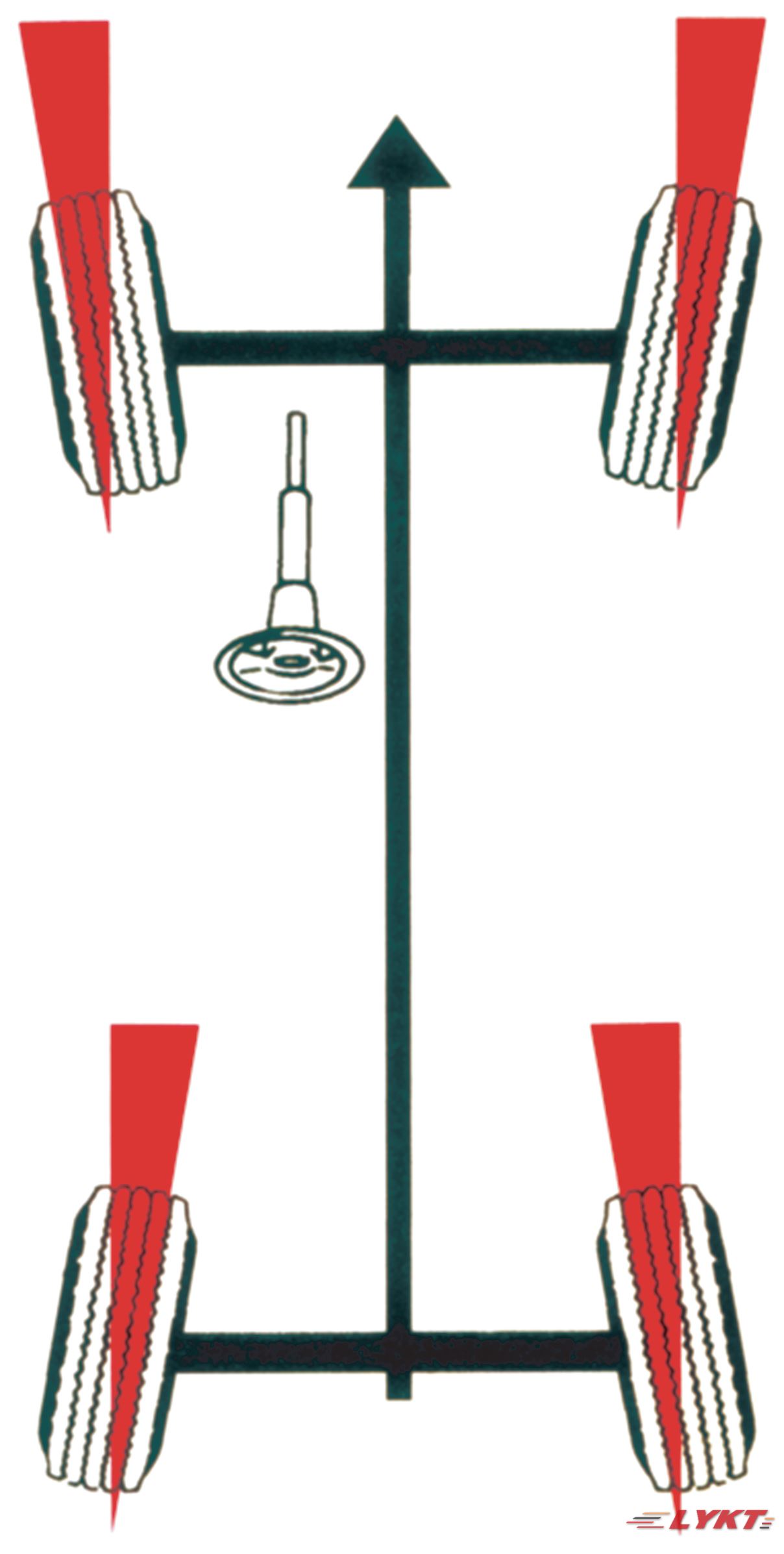
The angle between the center plane of the wheel and the vertical line is called the camber angle, that is, the angle between the geometric centerline of the wheel and the vertical line of the ground in the transverse plane of the car. To ensure that the load is applied to the center of the tire while the vehicle is under load, eliminate deviation and reduce tire wear.
Negative wheel camber angle: the wheel top edge is tilted inward, close to the engine.
Positive wheel camber angle: the wheel top edge is tilted outwards away from the engine.
Excessive positive wheel camber angle will cause:
(1)Wear the outer side of the tire
(2) increase the wear of the suspension component additionally
(3) cause the deviation.
